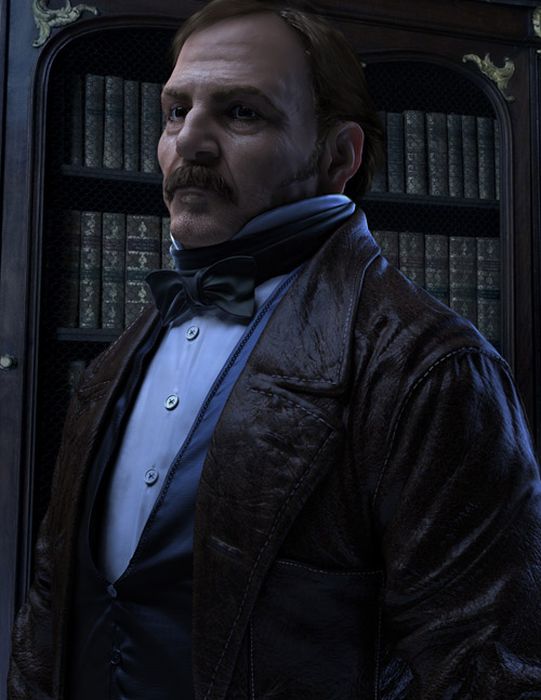|
|
Computer Graphics Digital Painting Portrait Illustration
|
Also in 1961 another student at MIT, Steve Russell, created the first video game, Spacewar. Written for the DEC PDP-1, Spacewar was an instant success and copies started flowing to other PDP-1 owners and eventually even DEC got a copy. The engineers at DEC used it as a diagnostic program on every new PDP-1 before shipping it. The sales force picked up on this quickly enough and when installing new units, would run the world's first video game for their new customers.
E. E. Zajac, a scientist at Bell Telephone Laboratory (BTL), created a film called "Simulation of a two-giro gravity attitude control system" in 1963. In this computer generated film, Zajac showed how the attitude of a satellite could be altered as it orbits the Earth. He created the animation on an IBM 7090 mainframe computer. Also at BTL, Ken Knowlton, Frank Sindon and Michael Noll started working in the computer graphics field. Sindon created a film called Force, Mass and Motion illustrating Newton's laws of motion in operation. Around the same time, other scientists were creating computer graphics to illustrate their research. At Lawrence Radiation Laboratory, Nelson Max created the films, "Flow of a Viscous Fluid" and "Propagation of Shock Waves in a Solid Form." Boeing Aircraft created a film called "Vibration of an Aircraft."
It was not long before major corporations started taking an interest in computer graphics. TRW, Lockheed-Georgia, General Electric and Sperry Rand are among the many companies that were getting started in computer graphics by the mid-1960s. IBM was quick to respond to this interest by releasing the IBM 2250 graphics terminal, the first commercially available graphics computer.
Ralph Baer, a supervising engineer at Sanders Associates, came up with a home video game in 1966 that was later licensed to Magnavox and called the Odyssey. While very simplistic, and requiring fairly inexpensive electronic parts, it allowed the player to move points of light around on a screen. It was the first consumer computer graphics product.
|
|









